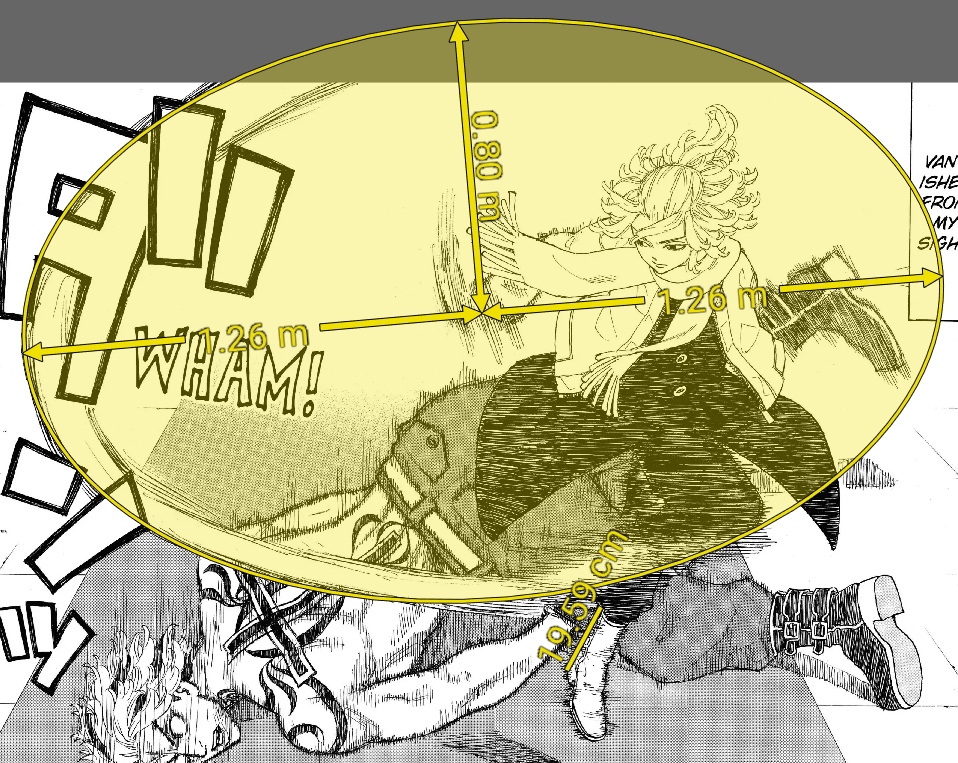- 800
- 147
Momentum And Mass Equation
To calculate speed normally the equation is "Distance / Time"
With this method that is a method that's taught in schools the equation is " Momentum / Mass " If you don't know how to find momentum its just "Mass * Velocity"
First of course I need to define momentum which is defined as "the quantity that is used to describe the state of motion of an object with a non-zero mass" Hence, momentum is applicable to any moving object. Including Mikey in this scenario
This CRT shouldn't be that hard to be accepted since it's literally a basic scientific equation that is used to find speed
my main reason of this CRT is for this feat where the character "Manjiro Sano" kicks "Taiju Shiba" so fast that he not only makes himself disappear but also Taiju, using the distance / time just doesn't work for this since it lowballs the feat to a point where it makes no sense
Watch This Video For More Context On Momentum
Momentum and mass is much better suited for finding speed in these scenarios, I wouldn't mind debating it though
To calculate speed normally the equation is "Distance / Time"
With this method that is a method that's taught in schools the equation is " Momentum / Mass " If you don't know how to find momentum its just "Mass * Velocity"
First of course I need to define momentum which is defined as "the quantity that is used to describe the state of motion of an object with a non-zero mass" Hence, momentum is applicable to any moving object. Including Mikey in this scenario
This CRT shouldn't be that hard to be accepted since it's literally a basic scientific equation that is used to find speed
my main reason of this CRT is for this feat where the character "Manjiro Sano" kicks "Taiju Shiba" so fast that he not only makes himself disappear but also Taiju, using the distance / time just doesn't work for this since it lowballs the feat to a point where it makes no sense
Watch This Video For More Context On Momentum
Momentum and mass is much better suited for finding speed in these scenarios, I wouldn't mind debating it though
